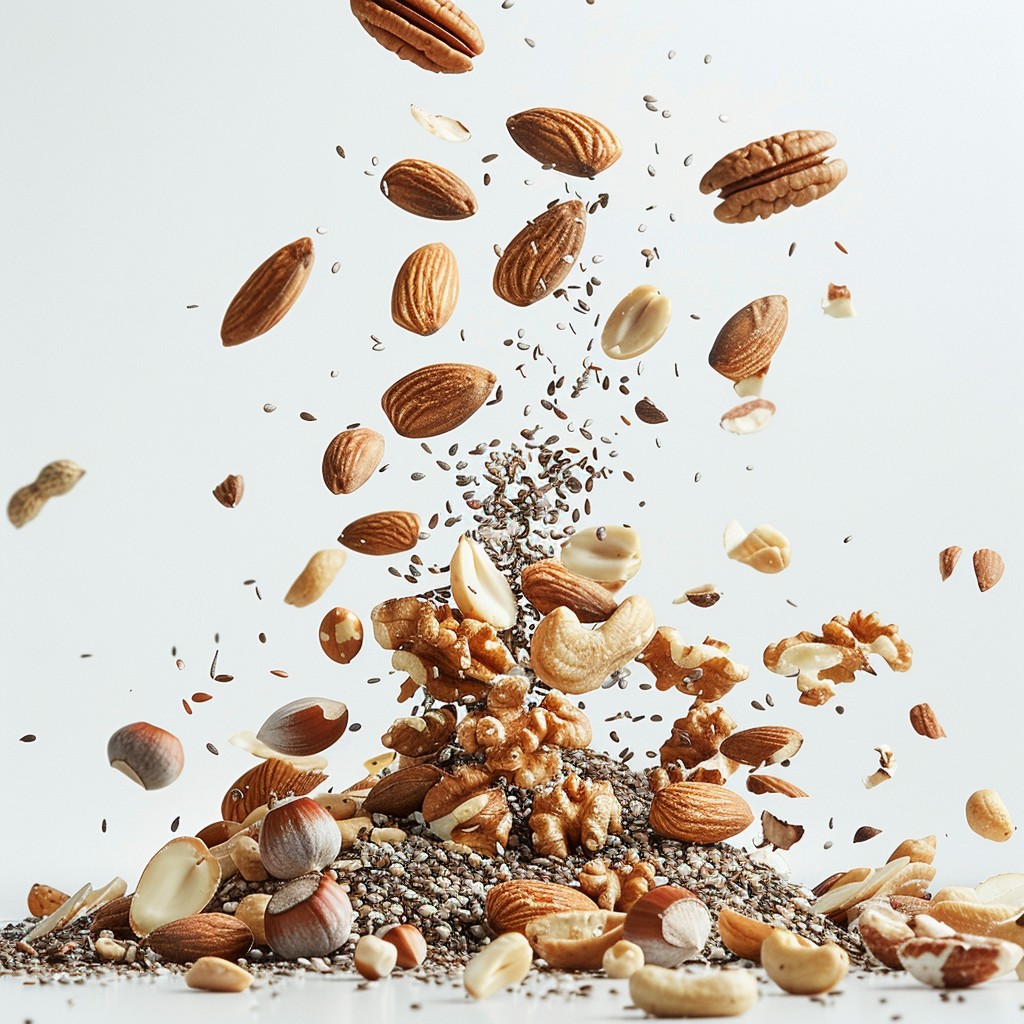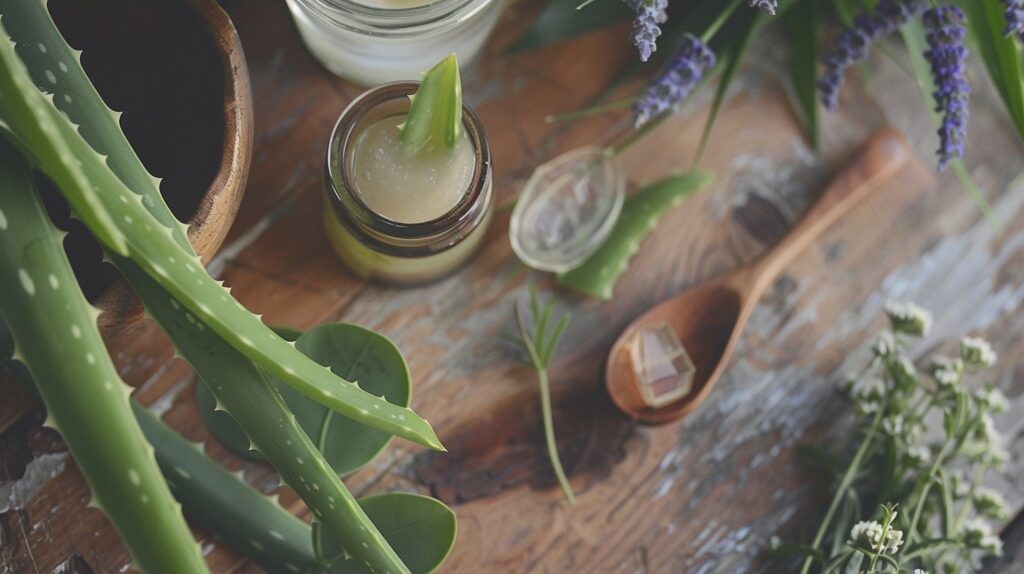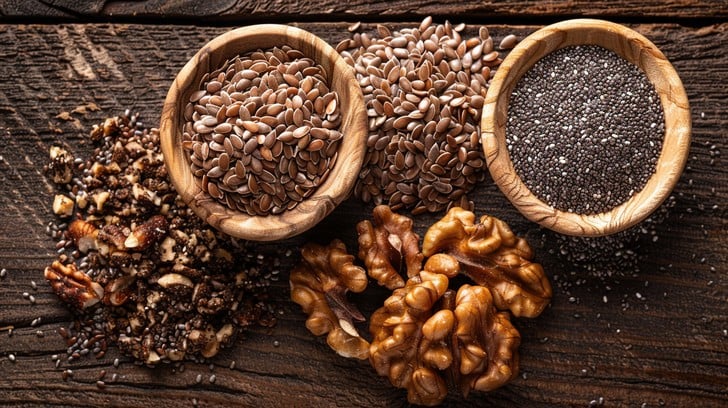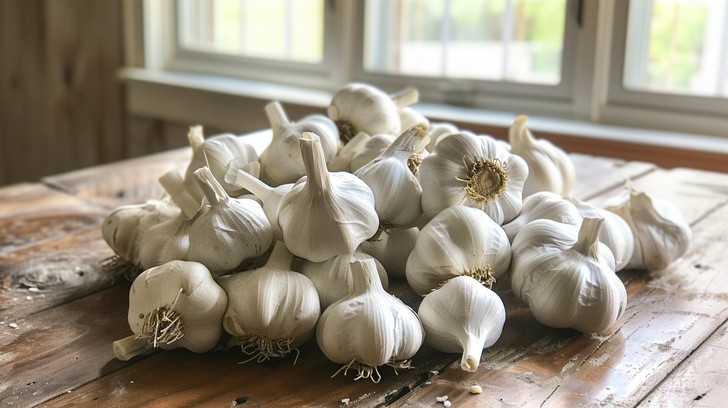 How to increase Hemoglobin| Hemoglobin booster foods
How to increase Hemoglobin| Hemoglobin booster foods
Hemoglobin is a crucial protein found in red blood cells that carries oxygen from the lungs to the rest of the body. Maintaining healthy hemoglobin levels is essential for overall well-being. In this blog, we will explore foods that boost hemoglobin, effective yoga poses, dietary tips, and easy ways to increase hemoglobin naturally.
What is Hemoglobin and Why is it Important? Hemoglobin is a protein in red blood cells that binds with oxygen and transports it to the body’s tissues. It also carries carbon dioxide back to the lungs to be exhaled. Adequate levels of hemoglobin are vital for energy, cognitive function, and overall health.
Ideal Hemoglobin Levels
- For adult men: 13.8 to 17.2 grams per deciliter (g/dL)
- For adult women: 12.1 to 15.1 grams per deciliter (g/dL)
- For children: 11 to 16 grams per deciliter (g/dL)
Symptoms of Low Hemoglobin Low hemoglobin levels, known as anemia, can cause various symptoms, including:
- Fatigue and weakness
- Pale or yellowish skin
- Shortness of breath
- Dizziness or lightheadedness
- Cold hands and feet
- Chest pain
- Headaches
How to Diagnose Low Hemoglobin A simple blood test called a Complete Blood Count (CBC) can measure your hemoglobin levels. If you experience any of the above symptoms, consult a healthcare professional to get tested.
Foods that Increase Hemoglobin/ hemoglobin booster foods Incorporating iron-rich foods into your diet is one of the most effective ways to boost hemoglobin. Some of the best foods include:
- Leafy Greens: Spinach, kale, and beet greens are rich in non-heme iron.
- Legumes: Lentils, chickpeas, and beans are excellent plant-based sources of iron.
- Red Meat: Beef and lamb provide heme iron, which is easily absorbed by the body.
- Poultry: Chicken and turkey are good sources of heme iron.
- Fish: Tuna, salmon, and mackerel are rich in heme iron.
- Nuts and Seeds: Almonds, pumpkin seeds, and sesame seeds offer a good amount of non-heme iron.
- Fortified Foods: Cereals and breads fortified with iron can also help.
- Citrus Fruits: Vitamin C from oranges, strawberries, and kiwis enhances iron absorption.
How to Eat These Foods
- Combine iron-rich foods with vitamin C-rich foods to enhance absorption.
- Avoid consuming calcium-rich foods and drinks with iron-rich meals, as calcium can inhibit iron absorption.
Yoga Poses to Boost Hemoglobin Certain yoga poses can stimulate the production of hemoglobin by improving circulation and reducing stress. Here are a few:
- Sarvangasana (Shoulder Stand): Improves blood flow to the thyroid gland, which regulates metabolism and aids in hemoglobin production.
- Paschimottanasana (Seated Forward Bend): Stimulates abdominal organs and enhances digestion, aiding in better nutrient absorption.
- Bhujangasana (Cobra Pose): Opens up the chest and improves oxygenation of the blood.
- Shavasana (Corpse Pose): Reduces stress and promotes relaxation, which can positively impact hemoglobin levels.
Simple Tips to Increase Hemoglobin Naturally
- Stay Hydrated: Drinking plenty of water helps maintain healthy blood volume and hemoglobin levels.
- Avoid Tea and Coffee: These can inhibit iron absorption, so it’s better to consume them between meals.
- Regular Exercise: Physical activity, including light exercise and walking, can improve circulation and stimulate hemoglobin production.
- Adequate Sleep: Ensure you get 7-8 hours of sleep to allow your body to repair and regenerate, which is crucial for healthy hemoglobin levels.
- Manage Stress: Practice mindfulness, meditation, or yoga to keep stress levels in check.
Conclusion Maintaining healthy hemoglobin levels is essential for your overall health and energy. By incorporating iron-rich foods, practicing yoga, and following the tips mentioned, you can naturally boost your hemoglobin levels. Remember to consult a healthcare professional if you suspect low hemoglobin, and make these lifestyle changes a part of your routine for long-term benefits.







